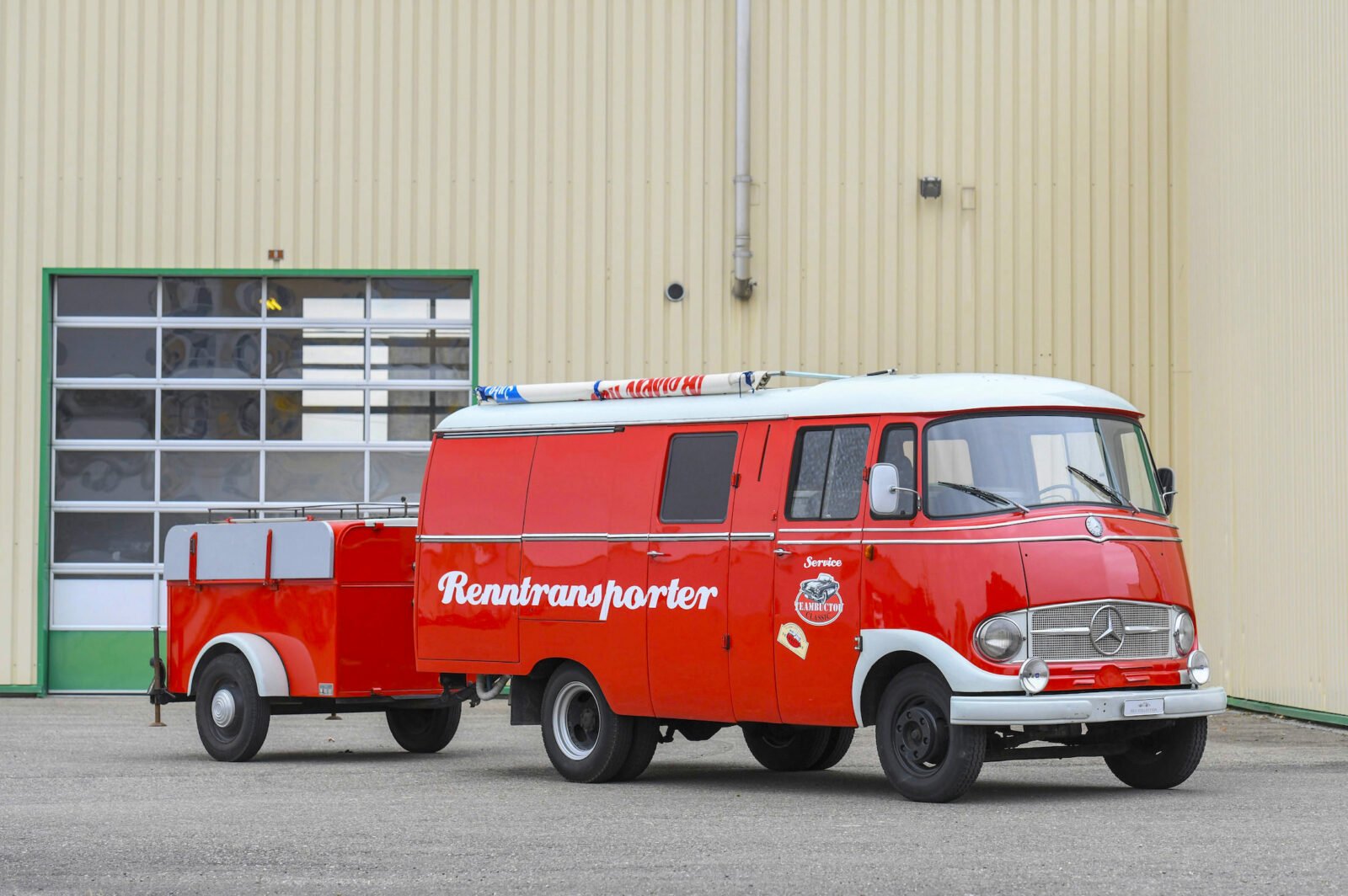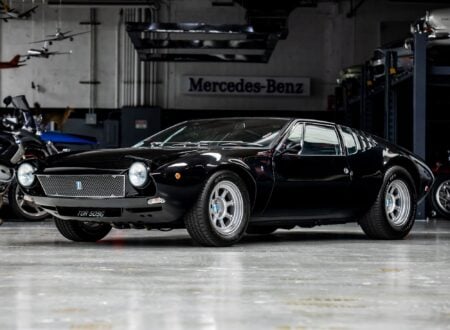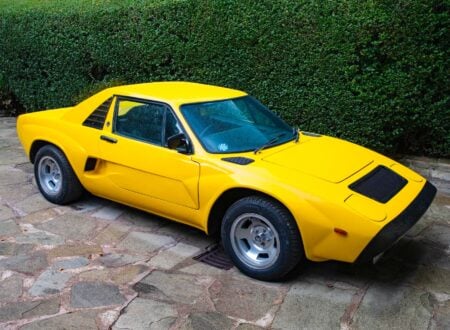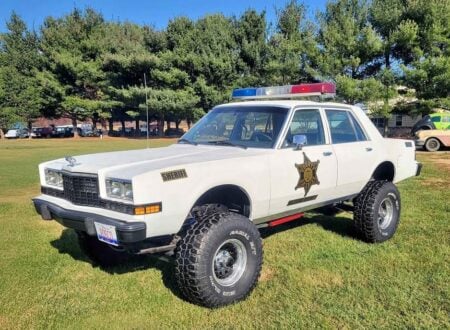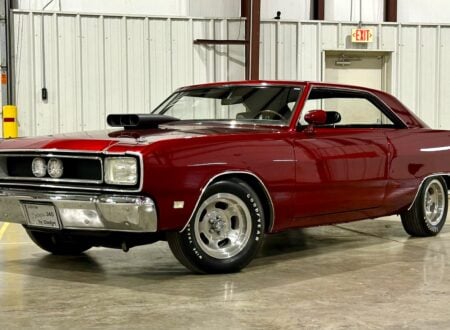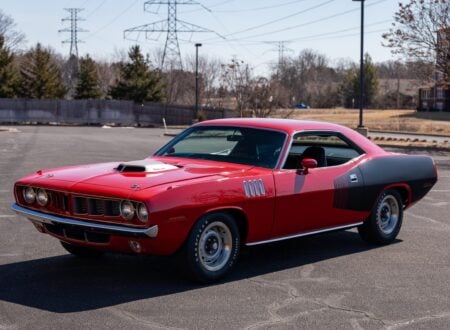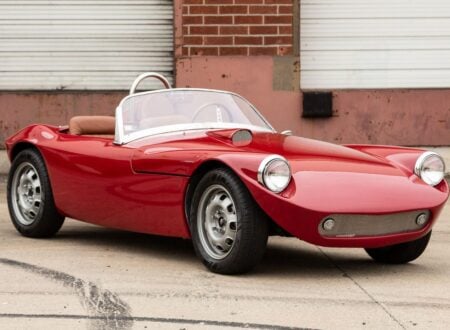This Mercedes-Benz L 319 has been converted and now features a kitchen in the rear with four gas stove burners and dual sinks with running water. It’s a prime candidate for conversion into a camper, or it could be repurposed into a retro coffee van or bar/food truck.
Mercedes developed the L 319 back in the 1950s as an answer to the popular Volkswagen Type 2 and the Opel Blitz. The L 319 became one of the German firm’s most popular commercial vehicle offerings, and surviving examples are now popular with collectors.
Fast Facts – The Mercedes-Benz L 319
- Introduced in 1955, the Mercedes-Benz L 319 was developed as a response to the growing post-war demand for commercial vehicles in Europe. Positioned between smaller vans and larger trucks, it catered to a specific market niche with a maximum gross weight of 3.6 tons.
- Initially powered by a 43 hp diesel engine, the L 319 was renowned for its durability. Over its production run, engine variants were introduced to cater to different user needs, offering more power.
- The L 319 was made available in a variety of configurations to cater to different roles. They ranged from panel vans and minibuses to specialized vehicles like ambulances fire trucks, and race transporters.
- Production of the L 319 continued until 1967, after which it was replaced by the larger and more modern Mercedes-Benz T2 series. By then, the L 319 had firmly established its reputation as a reliable and versatile commercial vehicle.
- The vehicle you see in this article is a 1961 Mercedes-Benz L 319 that has been converted into a catering truck, it has a gas burner stove and a sink with running water, its own power generator, and a matching trailer. It’s now being offered by RM Sotheby’s with a price guide of $22,500 – $33,500 USD.
The Mercedes-Benz L 319: A History Speedrun
Mercedes-Benz unveiled the L 319 in 1955 at the Frankfurt International Motor Show. This was a period of rapid economic growth in Germany, and there was a growing need for versatile commercial vehicles. Recognizing this demand, Mercedes-Benz entered the market with the L 319, positioning it between the small vans and heavy-duty trucks of the era.
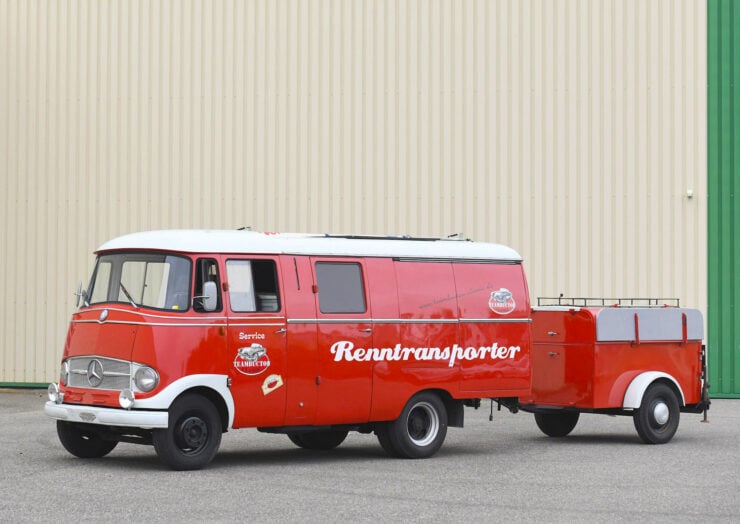

The L 319 had a distinctive design with its pronounced, rounded hood and large Mercedes star on the grille. It had a forward control design, meaning the driver and front passenger sat above the front axle, providing the vehicle with a spacious cargo area relative to its size.
The L 319 was versatile. Depending on the specific needs, it could be configured as a panel van, a crew bus, a tipper truck, or an ambulance. It came with a choice between petrol and diesel engines. The diesel version, notably, was one of the first light trucks to offer a diesel option, which was a 43 hp four-cylinder OM 636 engine.
Throughout the 1950s and 1960s, the L 319 gained popularity across Europe. It was particularly favored by businesses and public service providers due to its robustness and adaptability. Its size made it ideal for urban environments where narrow streets and tight parking spaces were common.
By 1968, Mercedes-Benz ended the production of the L 319 to make way for its successor, the T2. Over its production lifespan, the L 319 had achieved significant success and set the groundwork for the future generations of Mercedes-Benz light commercial vehicles.
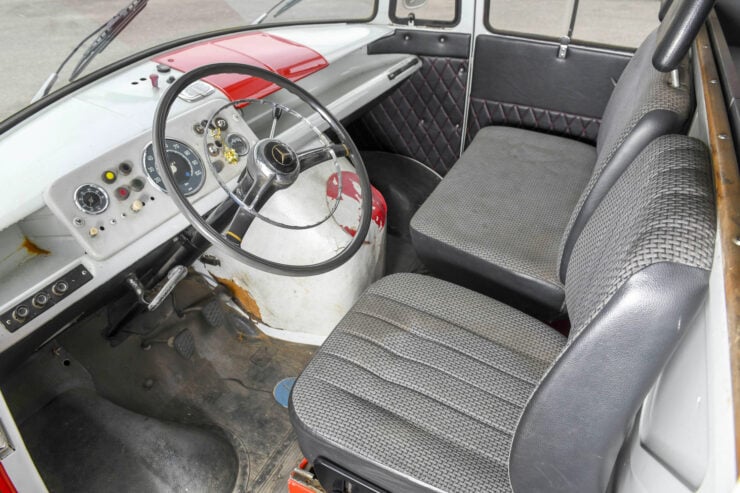

The L 319 is remembered today as a pioneering vehicle that holds a special place in the brand’s history and is a prized possession for classic van enthusiasts.
The Mercedes-Benz L 319 + Trailer Shown Here
The vehicle you see here is a 1961 Mercedes-Benz L 319 and it comes with a matching trailer. This vehicle has been converted for foot truck catering, possibly as a support vehicle for a vintage racing team or similar.
In the rear on the righthand side you’ll find a swing-up door that doubles as an extended roof when open. Inside the back of the vehicle there are four gas burning stove tops and twin sinks with running water. There are also taps and connections for more water hookups if required.
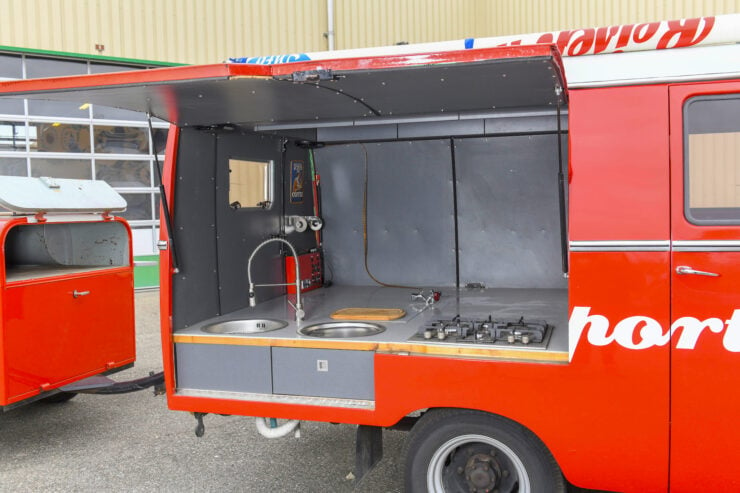

This L 319 comes with its own generator, and the trailer has ample storage space as well as fold down table tops on either side that people can use as standing benches when eating or drinking. The auction listing notes that this vehicle would be ideal for use as a coffee truck or food truck, it would be particularly popular at events like the Goodwood Revival and Le Mans Classic.
There is an additional roll-out awning fitted to the roof for additional shelter, and inside the van you’ll find seating for two people – a driver and passenger with the engine between them.
These old L 319s are famously robust, and this looks to be a particularly good example, with the “Renntransporter” livery down either side – German for “Racing Transporter,” and possibly a clue to its former life.
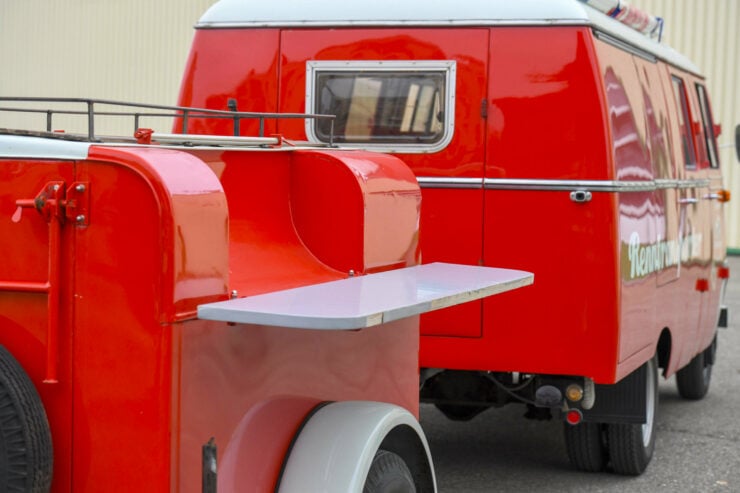

It could also be converted into a camper, the plumbing is already in place after all. It’s now due to roll across the auction block with RM Sotheby’s on the 15th of September with a price guide of $22,500 – $33,500 USD in St Moritz.
If you’d like to read more about it, see more images, or register to bid you can visit the listing here.
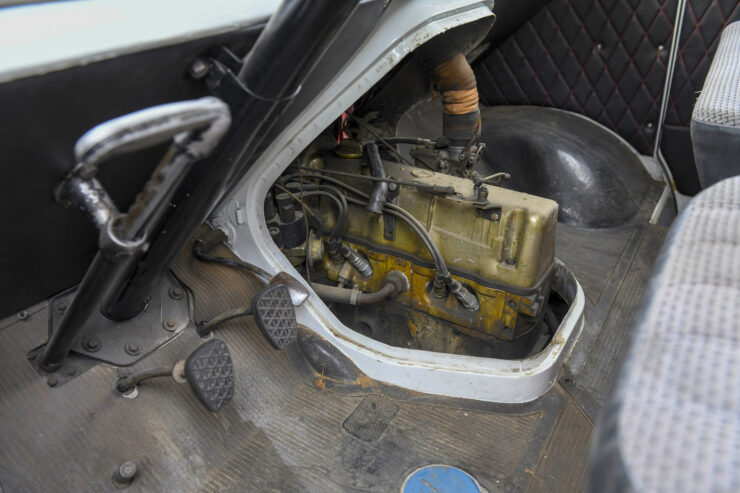
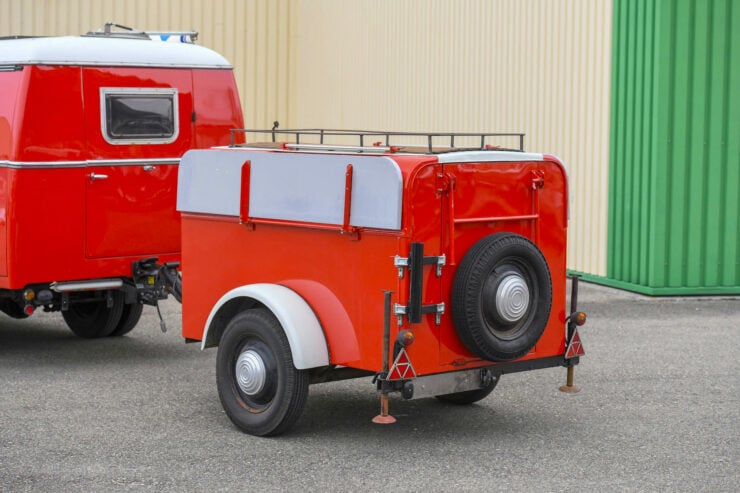
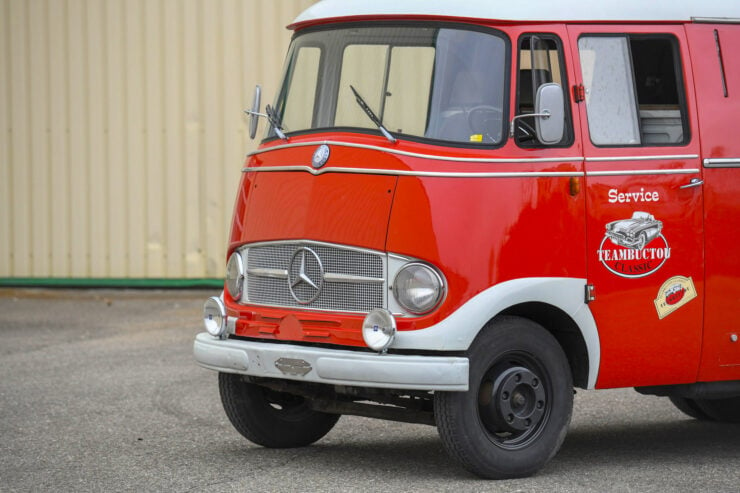
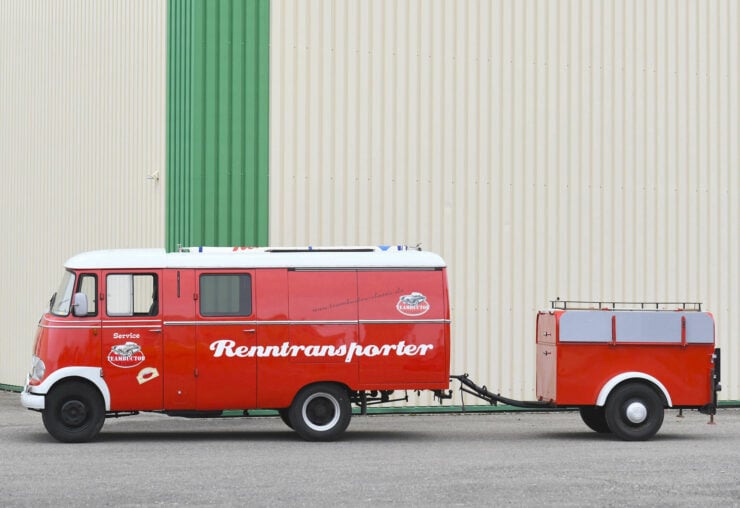
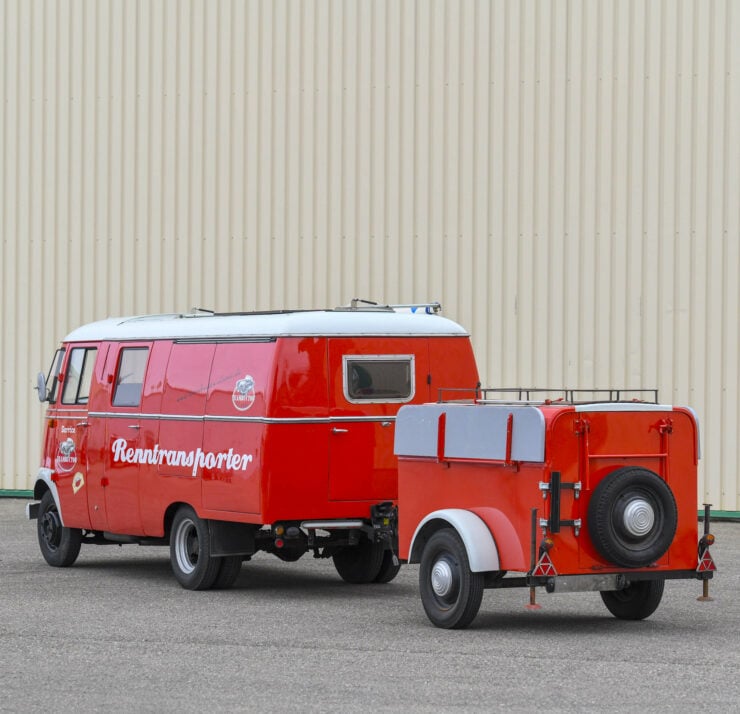


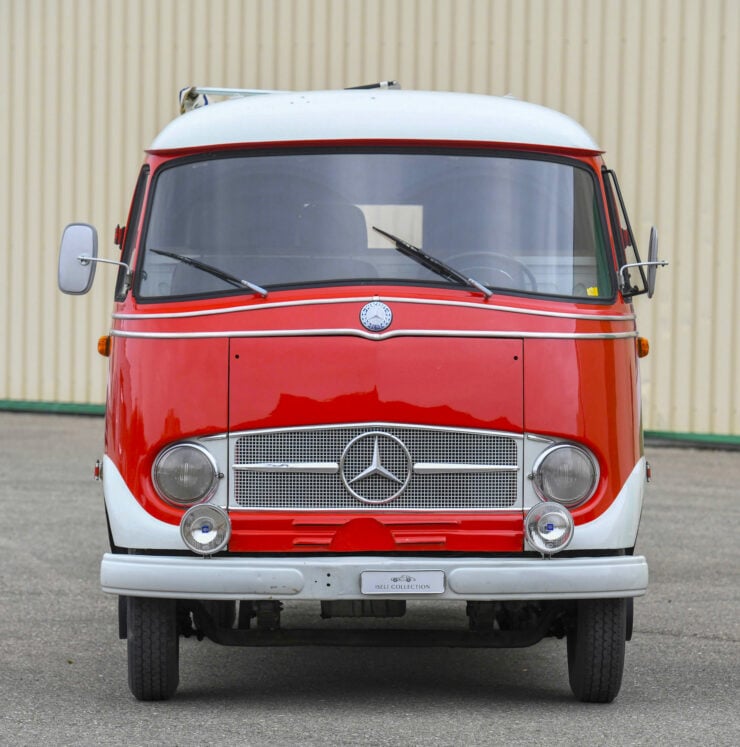
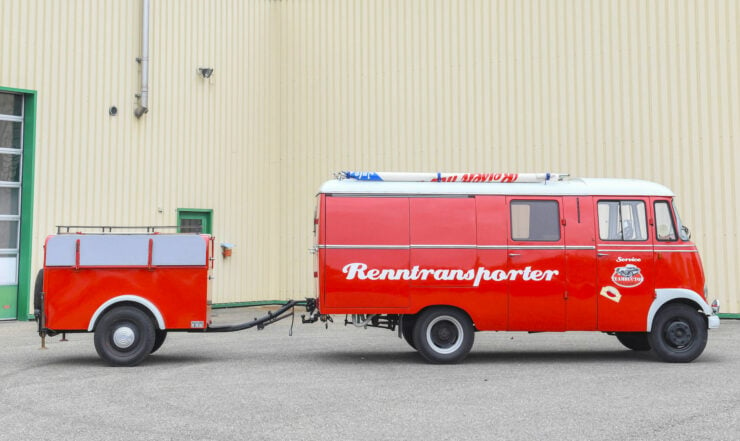
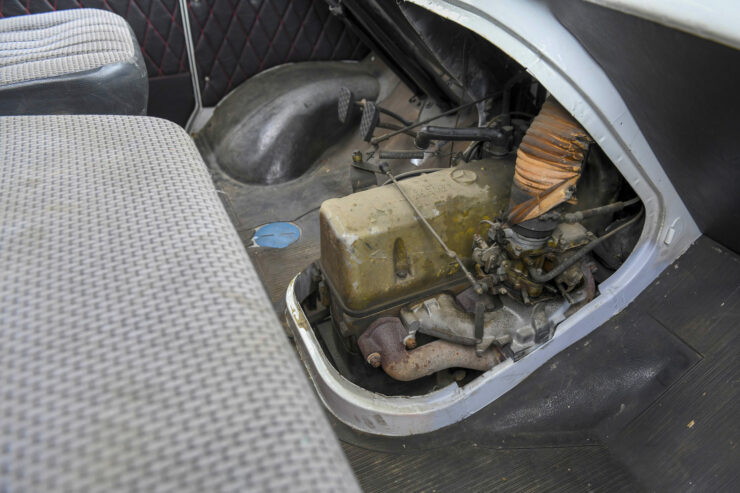
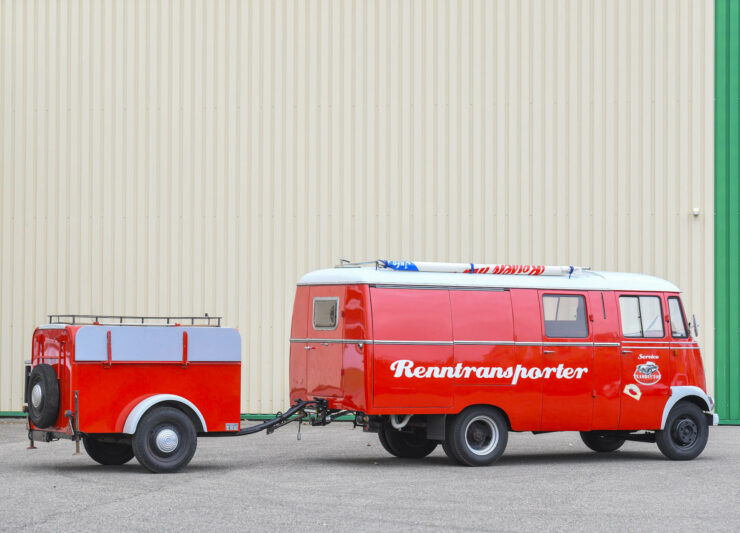
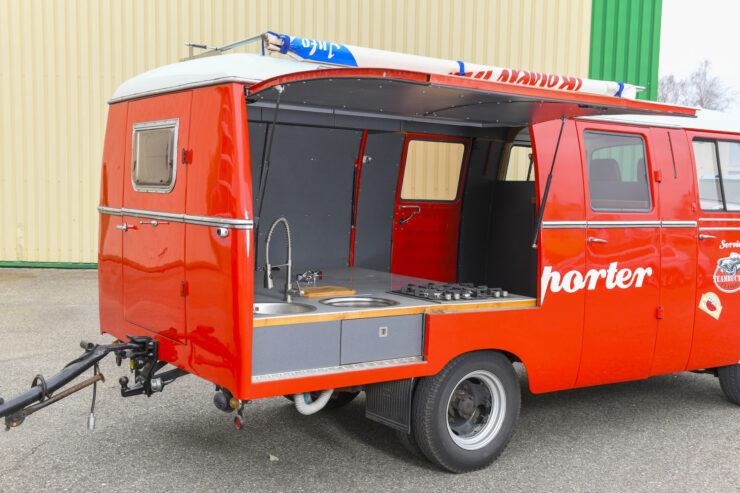
Images: Tom Wood ©2023 Courtesy of RM Sotheby’s

